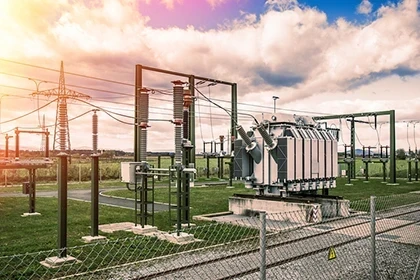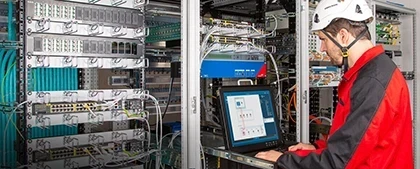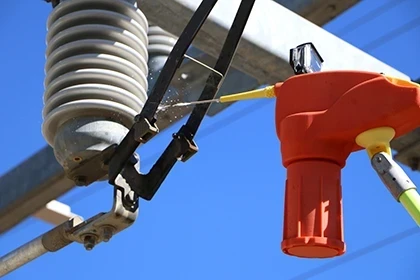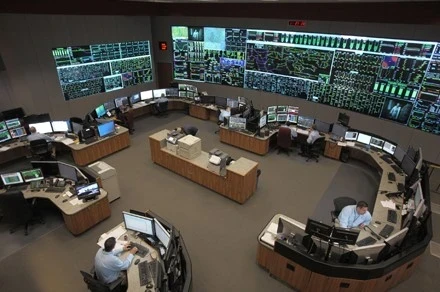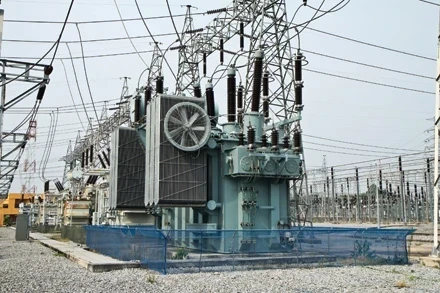AI-Powered Substation Automation: Revolutionizing Grid Operations

Artificial intelligence (AI) is transforming various industries, and the power sector is no exception. AI-powered substation automation is revolutionizing grid operations by enhancing efficiency, reliability, and responsiveness. This article delves into the role of AI in substation automation, focusing on the latest AI-driven innovations, applications in predictive maintenance, fault detection, and grid optimization, integration with existing SCADA systems, and examples of AI-powered substations and their performance improvements. Learn how the digital substation integrates IEDs, merging units, and process bus technology for smarter substation operation.
Explanation of AI Technologies Used in Substation Automation
AI technologies such as machine learning (ML) and neural networks are at the heart of modern substation automation. These technologies enable substations to analyze vast amounts of data, learn from patterns, and make intelligent decisions. Artificial intelligence plays a growing role in substation automation, where algorithms optimize operations and fault response.
Machine Learning
- Supervised Learning: Supervised learning algorithms use labeled data to train models that can predict outcomes based on new input data. In substation automation, supervised learning is used for tasks like fault prediction and load forecasting.
- Unsupervised Learning: Unsupervised learning algorithms identify patterns and correlations in unlabeled data. These algorithms are useful for anomaly detection and clustering similar events, which helps in identifying potential issues before they escalate.
- Reinforcement Learning: Reinforcement learning algorithms learn by interacting with the environment and receiving feedback. These algorithms can optimize control strategies for substations, enhancing operational efficiency and reliability.
Neural Networks
Artificial Neural Networks (ANNs): ANNs are computational models inspired by the human brain. They are capable of recognizing complex patterns and relationships in data, making them ideal for tasks like image recognition, signal processing, and fault detection in substations. Clean data depends on reliable electrical substation components that interface seamlessly with AI software.
Deep Learning: Deep learning, a subset of ML, involves neural networks with many layers (deep neural networks). These networks can analyze large datasets with high accuracy, enabling advanced applications such as predictive maintenance and real-time monitoring.
Applications of AI in Predictive Maintenance, Fault Detection, and Grid Optimization
AI technologies are being applied in several critical areas of substation automation to improve efficiency, reliability, and overall grid performance. AI-based analysis also strengthens substation protection by identifying patterns and preventing cascading failures.
However, even the most advanced automation systems can fail without regular electrical substation maintenance. You can also visit our Substation Maintenance training course.
Visit our Electricity Forum Electrical Substation Channel Page.
Read full article at Intelligent Transformers & Substations Special Edition

